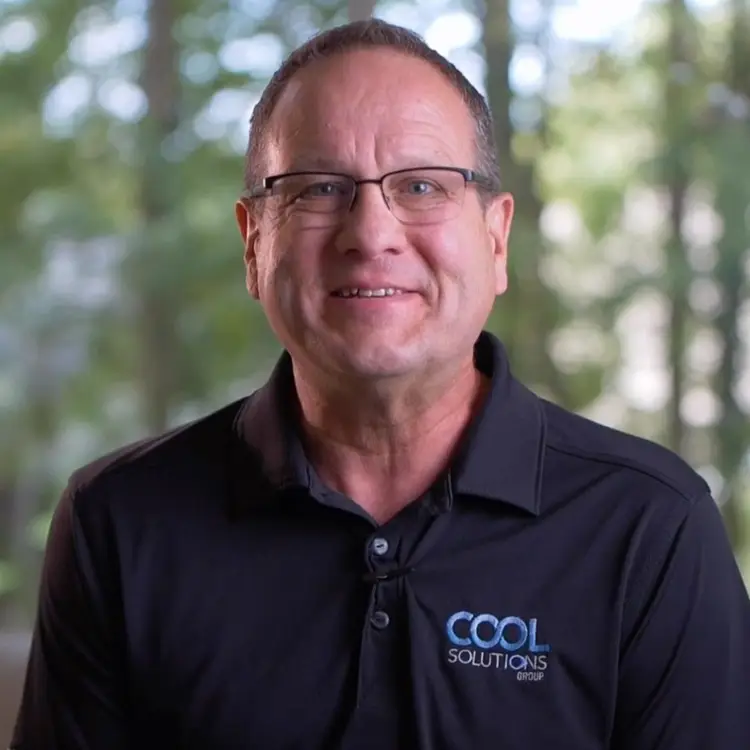Once you’ve finalized the construction plans, secured a loan, and kicked-off a successful capital campaign, it’s finally time to start construction. While you’ve probably hired a construction company to handle the actual building work, this isn’t a time for your team to take a backseat. You need someone to be the central point of contact for the general contractor, architect, builder, project manager, AVL team, and capital campaign consultant. This might be your Executive Pastor, Facilities Manager, another individual from your church, or an external “owner’s rep”/Project Manager.
You’ll want to visit the construction site often to assess progress and take pictures during construction. Nathan Parr, Operations Manager for First Baptist Church in Belton, Texas recommends going out at least once a week to take pictures once the construction crew is past the initial foundation grading work. Take pictures of all critical systems and label each picture before they install sheet rock and flooring. Keep in mind that hard ceilings will cover where drains and traps are located for other plumbing, so you’ll want to take pictures of that as well.
Nathan also advises you create a binder of all submittals including brands and model numbers of what’s installed. Document the paint formula used for each room (not just the brand and type). Include all this information in a “Building Standards” binder. This will save your facilities team time and money for years to come.
Carl Jackson with 7 Hills Church recommends you take detailed notes and track conversations you have with the construction team, architect, and others. Follow-up with people on commitments they made or questions they promised to answer for you. Take the initiative to make sure you get the information you need throughout the project.
From a capital campaign perspective, Brad Leeper recommends you keep the project in front of people. The best way to do that is to drip the vision out constantly. You might mention after a baptism service that in the new facility you’ll have more space for discipleship classes and classes for those who’re considering faith.
The construction phase can be exciting, frustrating, and overwhelming. Staying organized throughout this phase is important for the sanity of your team and for a successful project.








